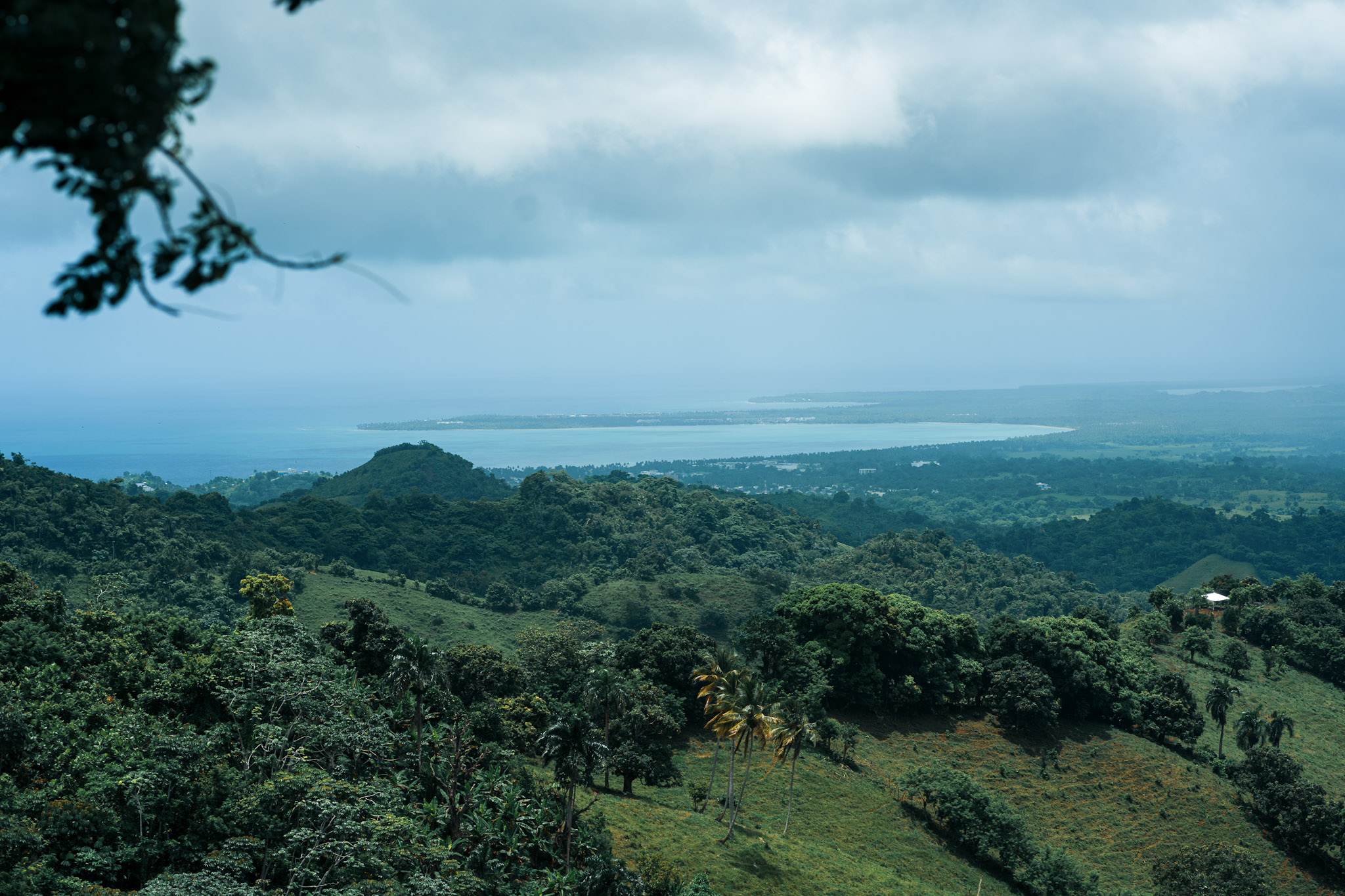The Dominican Republic is a captivating Caribbean nation known for its vibrant culture, stunning landscapes, and fascinating history. Whether you’re exploring the island’s colonial past or enjoying its modern attractions, understanding the Dominican Republic’s history adds depth to your experience. Let’s take a closer look at some key moments in the history of this incredible country.
Dominican Republic History
The Taíno Era
Before European explorers arrived, the island now known as Hispaniola was home to the Taíno people. These Indigenous inhabitants lived in organized communities and practiced agriculture, cultivating crops like cassava, sweet potatoes, and maize. Their society was rich in culture, art, and spirituality, with a deep connection to nature.
The Arrival of Columbus
In 1492, Christopher Columbus landed on the northern coast of Hispaniola during his first voyage to the New World. This marked the beginning of Spanish colonization, and the island became a key hub for Spain’s expansion into the Americas. Santo Domingo, founded in 1496, is the oldest continuously inhabited European settlement in the Americas and was the starting point for many expeditions.
Colonial Struggles and Divisions
Over the centuries, Hispaniola faced frequent territorial changes and power struggles. Spain controlled the eastern part of the island, while the French established a presence in the west (modern-day Haiti). The division became official in 1697, when the Treaty of Ryswick ceded the western part to France.
The eastern part, which would later become the Dominican Republic, remained under Spanish rule until the early 19th century.
Independence and the Birth of a Nation
The Dominican Republic declared independence on February 27, 1844, under the leadership of Juan Pablo Duarte and the founding fathers of the nation. This date is celebrated annually as Dominican Independence Day.
However, the road to stable independence was challenging, with periods of Haitian occupation, internal conflicts, and foreign interventions.
Modern Development
In the 20th century, the Dominican Republic experienced significant political and economic changes. Leaders like Rafael Trujillo and Joaquín Balaguer played major roles in shaping the country’s modern trajectory, though not without controversy.
Today, the Dominican Republic is a thriving nation known for its tourism, agriculture, and culture. Visitors flock to the island for its beautiful beaches, historic landmarks, and warm hospitality.
Explore Dominican History with Prestige Car Rentals
Learning about the Dominican Republic’s history is even better when you can explore its landmarks and regions firsthand. With Prestige Car Rentals, you’ll have the freedom to travel at your own pace and visit must-see historical sites like:
- The Colonial Zone in Santo Domingo: Walk through cobblestone streets and see historic buildings like the Catedral Primada de América.
- La Isabela: The site of Columbus’s first settlement in the New World.
- Fortaleza San Felipe in Puerto Plata: A historic fort offering insight into the country’s colonial past.
Why Choose Prestige Car Rentals?
- Convenience: Choose from a wide range of vehicles that fit your travel needs.
- Flexibility: Travel anywhere, from the bustling streets of Santo Domingo to the scenic mountains of Jarabacoa.
- Comfort: Enjoy modern, well-maintained vehicles perfect for solo travelers, families, or groups.
Exploring the Dominican Republic in your own rental car allows you to immerse yourself in its rich history and culture while enjoying the freedom of the open road.
Plan Your Journey Today!
The Dominican Republic’s history is waiting to be discovered. Rent a car with Prestige Car Rentals and set out on an unforgettable journey through time and beauty. From historical landmarks to breathtaking landscapes, the adventure is yours to create.
Looking for car rental anywhere in the Dominican Republic? Prestige Car Rentals offers nationwide service with airport delivery to Punta Cana, Santo Domingo, La Romana, Puerto Plata, Santiago, Las Terrenas, and more. See all our Dominican Republic car rental locations here.
